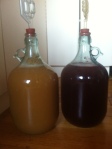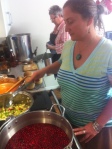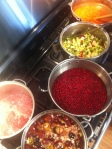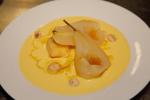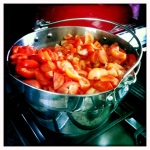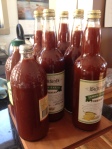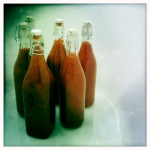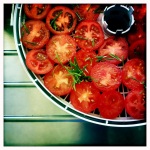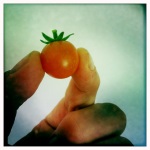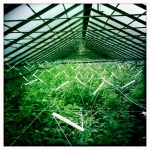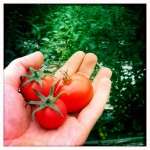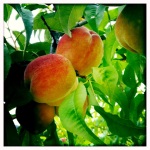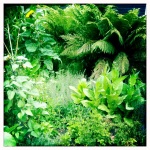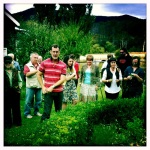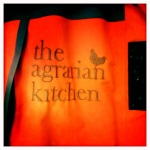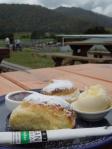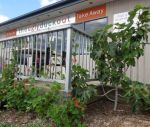As we begin thinking about the 2014 Tassievore Eat Local Challenge (TELC), I thought it would be nice to reflect on the initial 6-month Challenge that took place from November 2012 and April 2013.
The Tassievore Eat Local Challenge (TELC) was a 6-month adventure in eating locally. The Challenge was a state-wide behaviour change campaign promoting Tasmanian food producers, stimulating local business, reducing the carbon footprint of food, improving skills and knowledge, and increasing food security within Tasmania.
A team of volunteers from around the State contributed to the success of this program. 233 people officially registered as Tassievores, with a geographical spread of 65% in the South; 26% in the North and 9% in the North-west.
The TELC was launched at the Totally Tassie Picnic at SLF 2012 in November. Over the following 6 months, we kept a blog running with stories from the Tassievore Team, recipes and tips. With funding from the Tasmanian Climate Change Office, through an Earn Your Stars Grant, we developed a Local Food Directory and ran a series of reskilling workshops and farm tours in each region.
Of the 233 people that participated in the Pre-Challenge Survey the majority of people joining the challenge were motivated to do so to support Tasmanian producer and businesses, reduce their carbon footprint, reconnect with our food supply and live more simply (Fig 1).
Figure 1: Motivation for joining challenge (%)
- 97% of Tassievore members surveyed said that they had increased their knowledge about what Tasmanian products are available, and where to get them.
- 100% of Tassievores said that they planned to continue choosing more local food in the future as a result of doing the Tassievore challenge. One member stated: ”I’m at a point now where I will always look for the local product first as opposed to the way I shopped before the challenge, which was mostly looking for the cheapest product.”
- 65% of Tassievores reported an increased connection with farmers and growers after taking the Challenge.
The TELC mark 1 was such a great community initiative and a wonderful reminder of what a privilege it is to be able to live on this beautiful island and indulge in it’s foods! As one Tassievore put it, “Eating Tasmanian is not a challenge – it is an absolute privilege to be able to live and work in this bountiful and beautiful part of the world. Tasmanian producers care about their environment and shopping at farmers markets is a treat.”
We are looking to run a shorter Challenge during March 2014. Please let us know if you are keen to help out! Call or email Lissa @ Sustainable Living Tasmania – (03) 62819362.
A few more comments from participants about the benefits of taking the Tassievore Eat Local Challenge:
Reported Benefits of the Tassievore Eat Local Challenge:
Sustainability
“We used a LOT less packaging, less food miles, making everything from scratch”.
A sense of supporting the community
“I knew I was supporting local growers and the local economy through my decisions to eat more local food”.
Health
“I was eating healthier than usual”.
Learning new skills
“I perfected my sourdough routine, and learned to make pasta”.
Saving Money
“I spent less on going out for dinner or getting takeaway”.
Overall impacts
“Some personal changes in how I approach life – In learning to put locally grown above cost and quality I feel like some other priorities in life changed where I now consider community outcomes above personal gain.”
“I feel more in-touch with the agriculture and food production industries in Tasmania and the hard work of entrepreneurs in the food industry!”
“I learned more about where our food comes from, and gained greater awareness of seasonal and fresh produce”



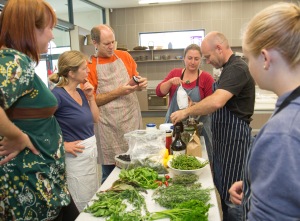


![2013-03-19_19-20-59_257[1]](https://taseatlocal.files.wordpress.com/2013/03/2013-03-19_19-20-59_2571.jpg?w=300&h=224)


